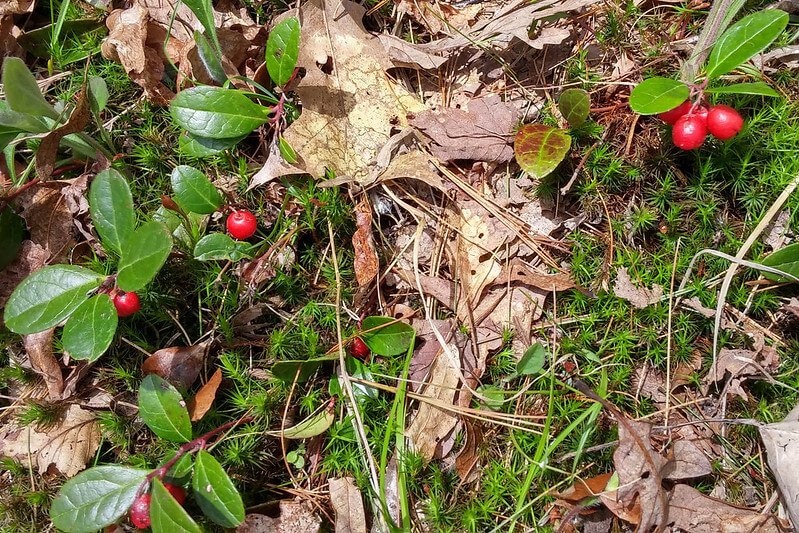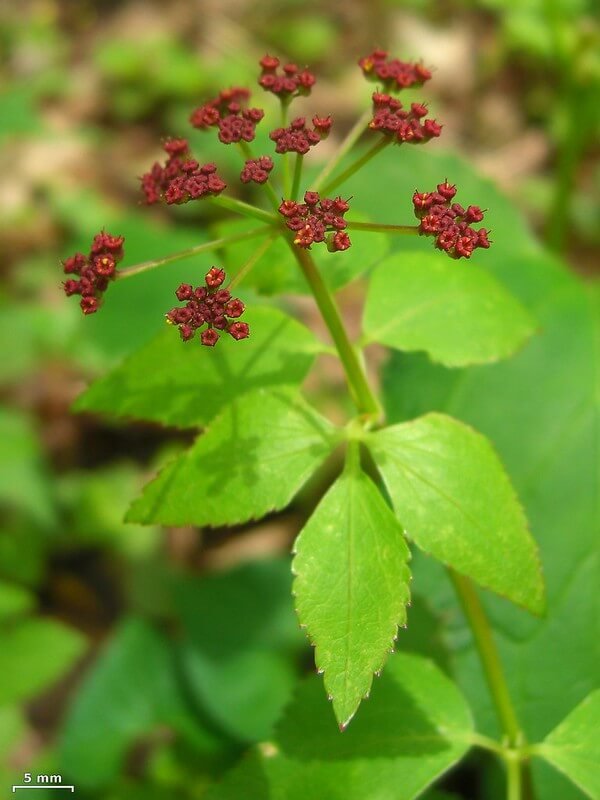Dense Blazing Star (Liatris spicata)
Blazing Stars are butterfly magnets. When in bloom it’s not unusual to see clusters of monarchs jockeying for position on the purple flower. Just about any blazing star that is native to your region will be attractive to all manner of pollinators and Dense Blazingstar is recommended as a monarch nectar source by the Xerces Society (Xerces .org). The plants are visited by all manner of native bees (illinoiswildflowers.info) and it is a host plant to the specialist bees Melissodes coloradensis and Melissodes vernoniae (Johnson and Colla, 2023). It is also the host plant to 6 species of butterflies and moths in our area (nwf.org). Marsh Blazing Star is its other common name. The leaves of the plant are grass-like, so make sure you do not weed them out when first emerging!
Life Cycle: Perennial
Sun Exposure: Full, Partial
Soil Moisture: Wet, Medium-Wet, Medium
Height: 2-5 feet
Plant Spacing: 1-2 feet
Bloom Time: July - September
Bloom Color: Purple
Advantages: Pollinator Favorite, Bird Favorite, Deer Resistant, Great landscaping plant
Host Plant: 6 species of butterflies and moths use this as a caterpillar host plant in our area (nwf.org)
Specialist Bee: Melissodes coloradensis and Melissodes vernoniae (Johnson and Colla, 2023)
Complementary Plants: Joe-Pye Weed, Boneset, Blue Vervain, Butterfly Weed, Gray-headed Coneflower.
Resource: Johnson, Lorraine, and Sheila Colla. A Northern Gardener’s Guide to Native Plants and Pollinators: Creating Habitat in the Northeast, Great Lakes, and Upper Midwest. Island Press, 2023







